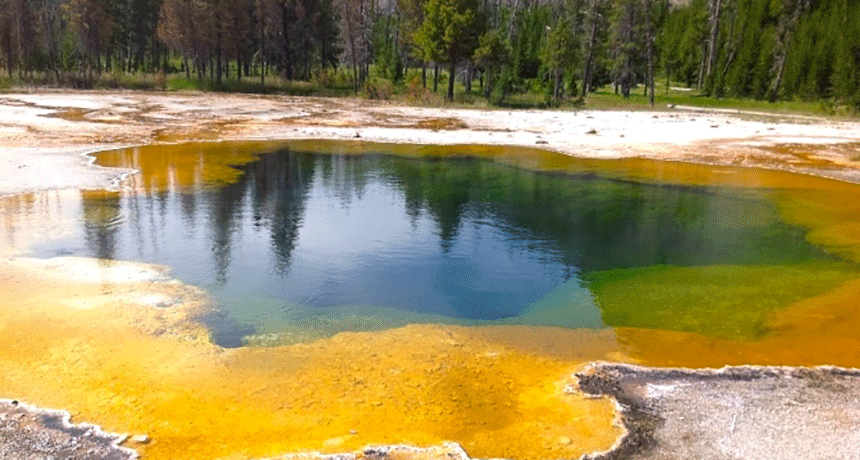Scientists Say: Archaea
This a domain of single-celled microbes

This is the Morning Glory hot spring in Yellowstone National Park. It gets its golden color from the archaea that thrive inside it.
ZYjacklin/Wikimedia Commons
This a domain of single-celled microbes

This is the Morning Glory hot spring in Yellowstone National Park. It gets its golden color from the archaea that thrive inside it.
ZYjacklin/Wikimedia Commons